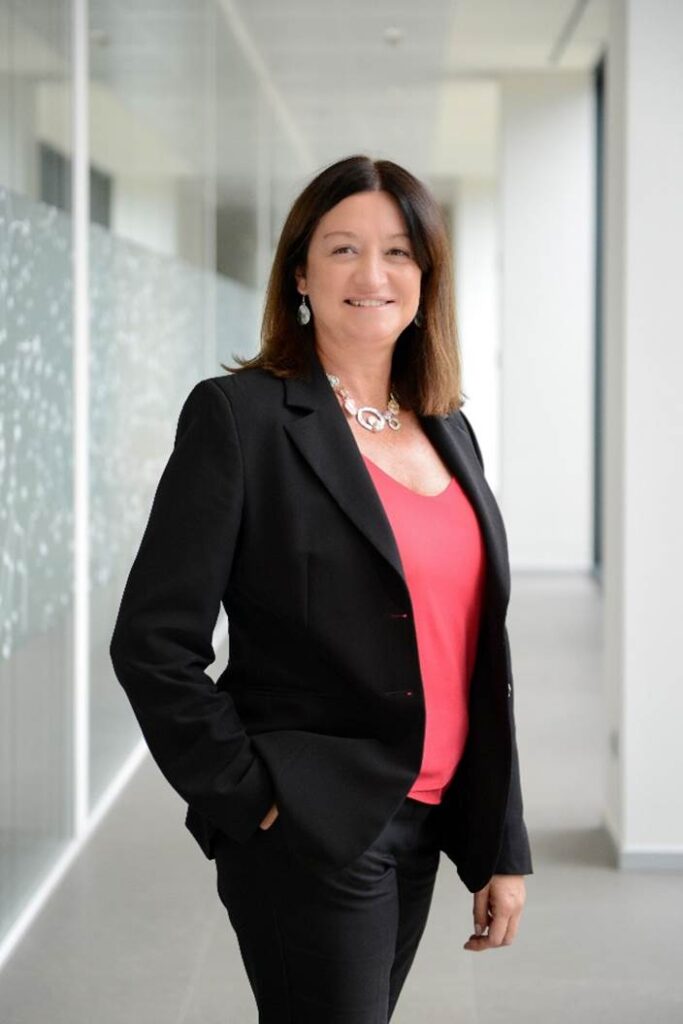In Milan’s Porta Nuova district, a vast, once-derelict rail yard has been transformed into one of Europe’s most advanced urban regeneration projects. Powered by geothermal pumps and covered in photovoltaic panels, buildings like Gioia 22 and Pirelli 35 are more than just energy efficient, they are software-defined environments where digital systems, sensors, and AI models continuously monitor and manage performance.
“The building must be alive,” Claudia Guenzi, head of smart infrastructure for Siemens in Italy, said at a recent press conference in Milan. “That means understanding and controlling its behaviour in real time. And we can’t just keep digging up grids. Software is the only scalable answer.”
It’s an important point, especially in areas with old infrastructure and legacy technologies to consider. Software may promise smarter, more efficient systems and buildings, but it remains a challenge to get it right. Without clear incentives, inclusive design, and a culture that understands its role and purpose, its value risks going unrealized.

As Carlo Ratti, director of the MIT Senseable City Lab and founding partner at Carlo Ratti Associati, told Engineering.com, “data is everywhere but insight is rare. Building owners collect huge volumes of information on energy use, occupancy patterns, and maintenance. Yet much of it goes unanalysed and unused. The issue isn’t a lack of data, but a lack of interpretation.”
This is where developers like Coima come in. Coima is working with Siemens at Porta Nuova, helping to deliver a building management system that integrates HVAC, fire safety, intrusion detection, and electrical systems into a unified platform. According to Siemens, energy use in Gioia 22 has since been cut by 75%, avoiding over 2,200 tonnes of CO2 emissions annually.
Data is now defining infrastructure
Yet even where the technology has demonstrably improved performance, there are signs that not all tenants fully understand or use the tools at their disposal. As Stefano Covi, Coima’s sustainability officer told Engineering.com, “most people who own buildings don’t know the data in their buildings, and it’s a shame. Because without data, you cannot manage properly.”

So is software really eating infrastructure? Or is the infrastructure simply being upgraded to speak software’s language?
Either way, digital systems are no longer just supporting the built environment, they’re starting to define how it behaves, performs, and evolves over time. According to Nemetschek Group’s Jimmy Abualdenien, who is charge of the company’s digital twins, this transformation is not just necessary, it’s overdue.
“Digital twins and smart building platforms are not just justified by their operational and environmental costs, they are essential for achieving net zero targets,” Abualdenien told Engineering.com. “By integrating real-time data from IoT sensors and leveraging AI, digital twins provide actionable insights that optimise energy use, reduce carbon emissions, and extend asset lifecycles.”
Still, even among advocates, there is caution. Abualdenien notes that the biggest challenges lie not in the tools themselves, but in the systems that surround them—data silos, fragmented standards, and a lack of interoperability.
His call for open standards and collaborative workflows echoes a broader industry concern that the rush to digitize may create new forms of lock-in or technical debt. This is particularly relevant as building technologies increasingly resemble software stacks, where decisions made at the design stage can affect flexibility and viability for decades to come.
Ratti, of the MIT Senseable City Lab, goes further. “There’s no one-size-fits-all answer,” he told Engineering.com. “It depends on how, and for what, you use [these systems]. Let me use an analogy and take generative AI, for example. It can help optimise energy production and reduce emissions, paying itself back by many orders of magnitude. But if you’re using it to generate meaningless anime videos, the environmental cost is hardly justified.”

Ratti, who says he is already exploring many of these trade-offs through experimental projects at the 2025 Biennale Architettura in Venice, believes that intelligence alone isn’t enough. Purpose matters. So does ownership. So does design.
Empower engineers rather than dictate
That message is echoed by Arup’s Lindsay English, associate principal and leader of Americas Digital Rail, and John Hagerty, an associate leading digital master planning and smart buildings. For them, software is part of a toolkit, a means to an end, not the end itself.
“The toolkit is there to enhance the work of the engineers,” English told Engineering.com. “Yes, return on investment is important. But there are other outcomes that matter too. Reducing risk, improving project quality, helping engineers visualise interdependencies earlier.”
That shift from static models to dynamic systems thinking is already underway in Arup’s rail buildings work. English points to a project where a digital twin strategy wasn’t just designed for operations and maintenance, but was used during construction to manage contractor coordination, track construction progress in real time, and evaluate the sustainability and cost impacts of design changes.
“Most of the cost savings come in operations. But instead of waiting, we used the twin to improve delivery, manage risk, and model outcomes across multiple dimensions,” said English.
Hagerty adds that one of the most pressing challenges is not the technology itself, but the organizational structures around it.
“Clients can usually find the funding,” Hagerty told Engineering.com. “But if they’re not structured to support these systems over time, with an internal champion, a plan for evolution, and alignment across teams, then they fall apart.” He cites the common scenario where a client invests in smart systems for a new flagship building but ignores the legacy estate that makes up most of its footprint.
The tendency to focus on new builds risks missing the bigger opportunity—retrofitting the systems we already have. Here too, interoperability becomes a sticking point.
“Always avoid vendor lock-in,” said English. “We don’t know what the future will hold, but we do know that assets can last 100 years. You want a foundation that’s flexible enough to adapt.”
Expectations are changing
Mohammed, the VP at Schneider Electric, agrees. “In older buildings, facility managers often have to deal with separate, unconnected systems. This makes it hard to see what’s working well and what isn’t. But with modern BMS [battery management systems] and sensors, managers can quickly respond to how the building is being used and to changes in the environment,” he says.
Siemens takes a similar long-term view. “We do not consider the journey finished,” says Guenzi. “The technology is scalable and ready for future development.”
That foundation, increasingly, is data. But the value of data depends on its usability.
“I can’t tell you how many portfolio owners still rely on phone calls and clipboards to get the answers they need,” says Arup’s Hagerty.
The goal is not just a single source of truth, but a shared one, where engineers, operators, and tenants can all access and act on the same information. But even access isn’t enough. As Ratti puts it, data is everywhere, but insight is rare. The risk is that we end up designing for complexity rather than clarity. That risk only grows as AI becomes more embedded in design and operations. While tools like generative AI can dramatically accelerate information retrieval and automate workflows, they also raise questions about privacy, governance, and control.
Hagerty suggests the industry is just beginning to reckon with these implications.
“Clients are already asking what all this tech means for privacy. That’s going to become mainstream much faster than people think,” he said.

Where does this leave the engineer? According to English, the role is evolving fast. “It used to be that a building engineer focused on mechanical systems. Now they’re fielding calls about IT infrastructure, cyber risk, and AI-driven control systems. The skillset is changing.”
So too are the expectations. As infrastructure becomes more software-defined, the traditional boundaries between architecture, engineering, and operations start to blur. For Arup, the answer lies in flexibility, in building foundations that support change rather than resist it. That may require new procurement models, new forms of governance, and a rethinking of value that goes beyond cost per square metre.
“Smart infrastructure shouldn’t be an optional extra,” said Hagerty. “It’s already part of most modern systems, whether people realise it or not. The question is whether we make those decisions thoughtfully and build systems we can live with in the long term.”
The future of infrastructure, then, may not be one where software simply eats the physical. It may be one where the physical and digital co-evolve, sometimes uneasily, often messily, but with an eye on what matters most. As Ratti reminds us, quoting Cedric Price, “technology is the answer. But what was the question?”
The post How software is redefining sustainable building engineering appeared first on Engineering.com.

